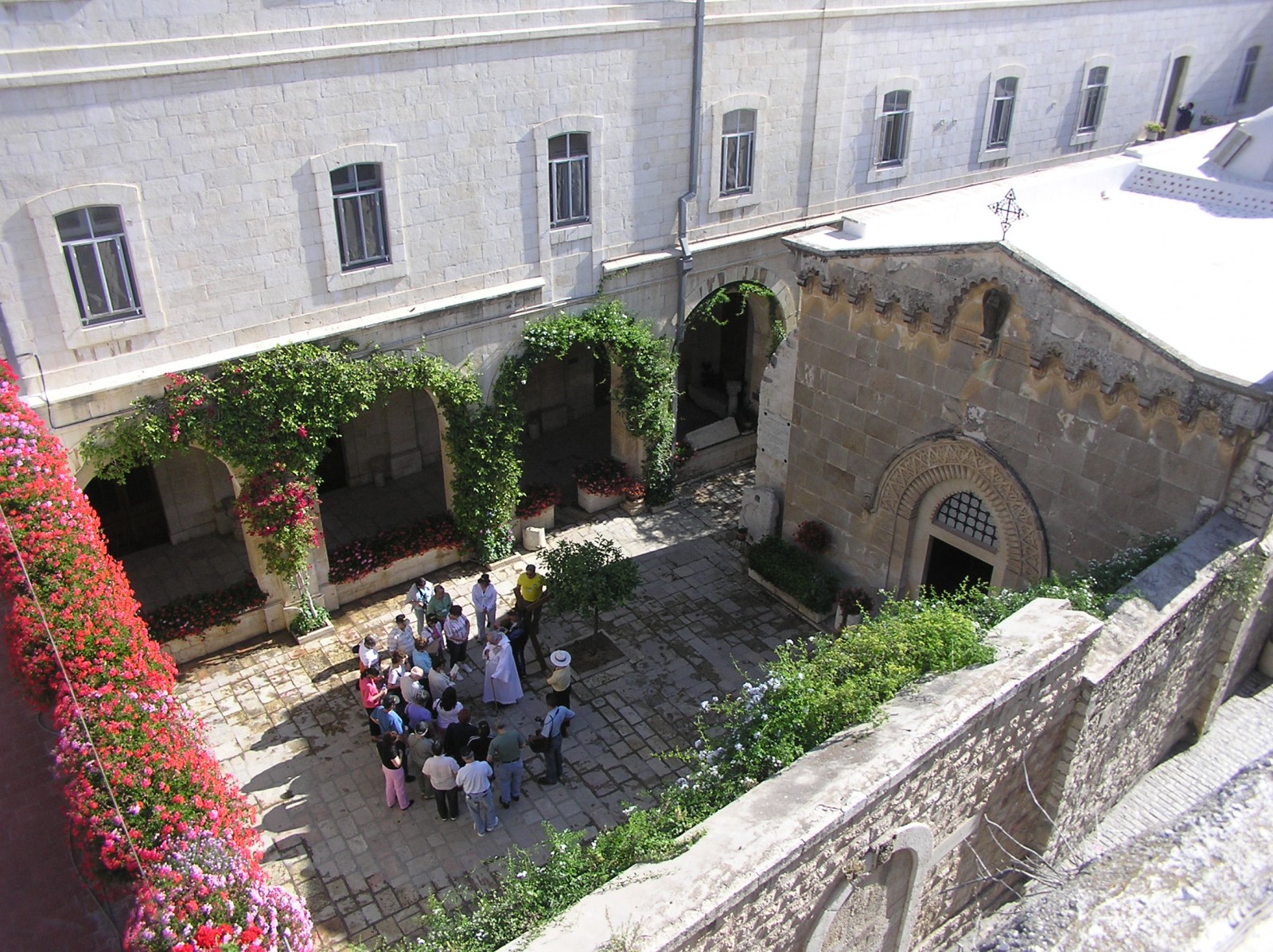Reopening of the construction site of the archaeological section of the Terra Sancta Museum
On Monday 25 November, the construction site at the Terra Sancta Museum in the convent of the Flagellation, along the Via Dolorosa in the old city of Jerusalem, was reopened. The first part of the museum, which houses the archaeological collections of the Studium Biblicum Franciscanum, was inaugurated in 2018 and during the construction of the museum’s spaces, the need arose to consolidate some parts of the structure of the future museum. Since the opening of the first rooms, the study and analysis of static and structural problems have not stopped, and now, finally, it is time to start working.
The museum will be constructed on the ground floor of the convent of the Flagellation. The first phase of the works is to consolidate the existing structures, while making improvements to update the structural features of the building, such as seismic resistance. This phase of works will also resolve structural problems related to the foundations, the array of the pillars that support the ceiling, the beams and the walls. Also, the existing floor of the upper level will be reinforced, thanks to the use of carbon fiber, a very thin and light, cutting-edge material that can integrate the resistance without increasing the weight and bulk of the structure. In the case of the Terra Sancta Museum, using carbon fiber will help maximise space, This is advantageous for both efficiency and purely architectural-functional aspects. Moreover, it will not affect the lighting of the room.
For this construction site, some sophisticated tools have been used, such as laser scanners, which have allowed the virtual reconstruction of the area of the museum in detail and to provide information that would otherwise be difficult to obtain. The scanner survey helped in particular to reconstruct the ancient cistern, located underneath the room affected by the work. The thin pillars that support the ceiling have their foundations right in the cistern. For this reason, it was necessary to understand if the part of the pillars which lay underground inside the cistern, was in line with the upper part. Thanks to the survey, this was ascertained.
The second phase of works involves the construction of new structures for the museum. The most important task will be the construction of a mezzanine floor where the last section of the exhibition will be developed. The attic will be built offsite and assembled onsite, which will require the high precision that laser scanner technology allows.
The overall architectural project of the museum is handled by the studio Tortelli e Frassoni Associati of Brescia, already director of the works of the first part of the museum, realized thanks to the coordination and fundraising managed by ATS, Associazione pro Terra Sancta. The work is directed by Schaffer & Ronen of Jerusalem, in collaboration with the Italian studio R+Struct, under the supervision of the Technical Office of the Custody, directed by the engineer Leonardo di Marco. Expressions Engineering, the company carrying out the works, has already been involved in the renovation of the church of San Giovanni in Ain Karem.

[fr]Le relevé au laser de la zone concernée par les travaux dans le monastère de Flagellation ©Bureau Technique Custodie de Terre Sainte[/fr][en]The laser survey of the area affected by the works in the Flagellation Monastery ©Techinical Office Custody of the Holy Land[/en][es]Levantamiento por láser de la zona afectada por las obras del Monasterio de la Flagelación © Oficina Técnica de Custodia de Tierra Santa[/es][it]Il rilievo laser dell’area interessata dai lavori nel convento della Flagellazione ©Ufficio Tecnico Custodia di Terra Santa[/it]

It will take six to seven months to complete the consolidation and construction of the new structures. Once these phases have been completed, the construction work can begin, for which a further six months of work are estimated.



